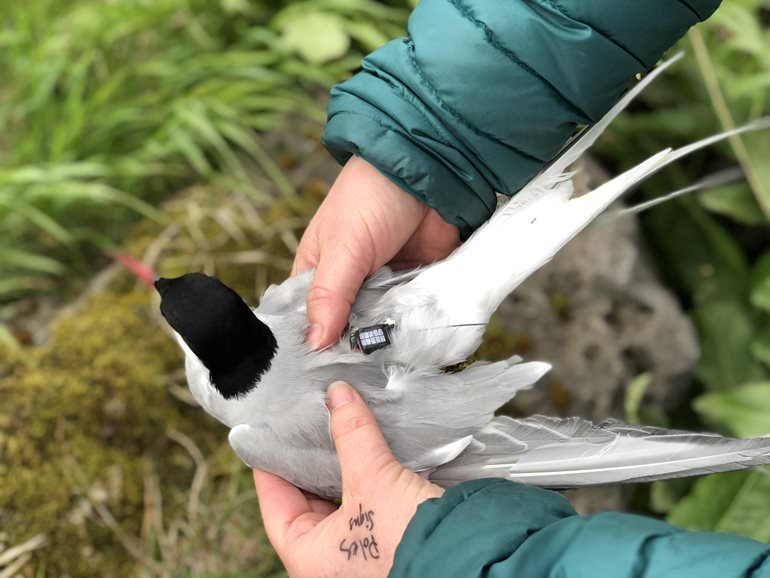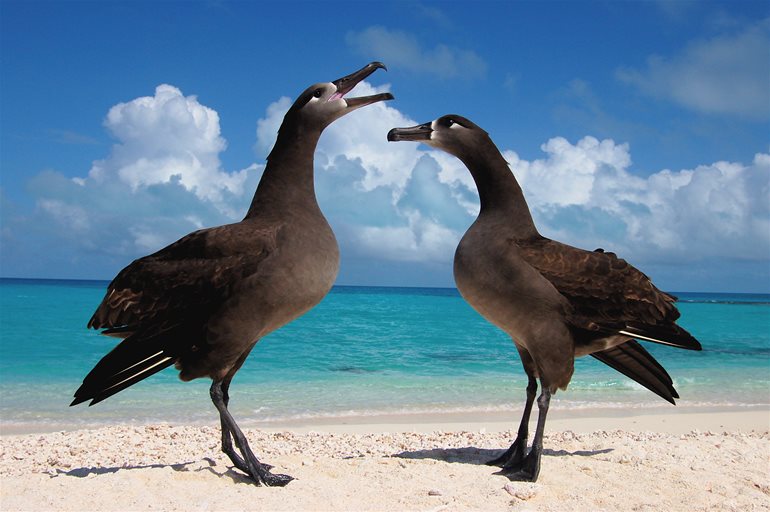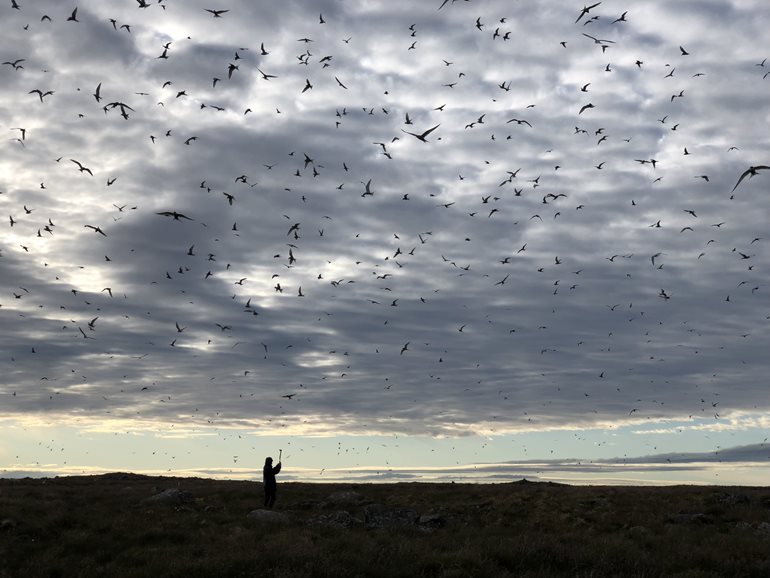Marine protected areas that match megafauna movements can offer important protections
BOTHELL, Washington — To tackle the climate crisis at home and abroad, a presidential executive order signed in 2021 requires 30% of lands and waters be protected by the year 2030. This is hopeful news especially for marine megafauna that regularly traverse thousands of miles in and out of protected areas each year.
Yet while size of protected areas is important for marine megafauna to thrive, it is not the only factor. In a paper published on July 20, 2022, in Frontiers in Marine Science, the authors of “Mismatches in Scale Between Highly Mobile Marine Megafauna and Marine Protected Areas” report that design and management of those areas are key to successful conservation efforts.
“Large marine protected areas can indeed encompass the ranges — and therefore potentially protect lots of large-bodied marine animals such as sharks, whales, sea turtles and seabirds — but placement and design are critical for effectiveness,” said Dr. Sara Maxwell, associate professor in the University of Washington Bothell’s School of Interdisciplinary Arts & Sciences and principal investigator for the study. Maxwell has been tracking migratory patterns of megafauna for nearly 20 years.

– Sara Maxwell
For this study, Maxwell and co-author Dr. Melinda Conners, a research scientist at Stony Brook University in New York and a former UW Bothell postdoctoral researcher, worked with their team to examine tracking data from nearly 2,000 animals representing 36 species of marine birds, turtles, cetaceans and sharks. According to Conners, many MPAs are large enough to encompass habitats of localized and intermediate-ranged species, such as manta rays and sea lions. But for larger, vast-ranged species, most if not all MPAs were too small to protect the entirety of their ranges.
“Some of the most fascinating and far-ranging species like leatherback sea turtles and Laysan albatrosses move over areas that are too large to be encompassed by a single protected area,” Maxwell said. “There are, however, important life stages like breeding and foraging where they consistently use much smaller areas, and these areas can be effectively protected.”
The findings also suggest that the most effective conservation strategies for wide-ranging species will need to be multifaceted, including static MPAs and dynamic spatial management tools during critical periods in a species’ annual cycle. In January 2020, Maxwell further noted that “Due to climate change, species will increasingly need protection, and we will need to apply more dynamic and innovative tools to be effective.

– Melinda Conners
“Technological advances in satellite tracking in the last two decades have allowed us to follow animals across the entire world and across their entire life cycle. This has provided fascinating insights into animal lives and is also a powerful tool for protecting species from a variety of human impacts,” Maxwell said.
Mobile species are particularly vulnerable to habitat degradation, such as that caused by fisheries operations. When marine megafauna migrate outside of a protected area, regardless of size, they are susceptible to mortality from bycatch — the unintended capture of non-target species — and other threats. “To protect them, we need to start by identifying core areas that are important for a large proportion of the population, such as breeding and molting grounds and migratory corridors,” Conners said.

– Sara Maxwell
Techniques that target specific threats, including moving shipping lanes to reduce chances of whale strikes, seasonal fishing closures or changing fishing gear to reduce incidental catch, might be more effective not only in marine megafauna conservation but also in preserving people’s livelihoods.
“For species that move over grand scales, mobile MPAs may be a powerful way of protecting them while allowing humans to continue to rely on the oceans that help sustain us,” Maxwell said.
This research was funded by a grant from Pew Charitable Trusts, with additional funding from a fellowship from the Alfred B. Sloan Foundation awarded to Dr. Sara Maxwell.


